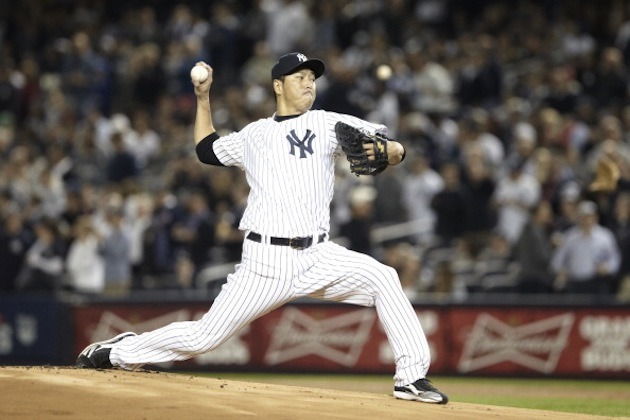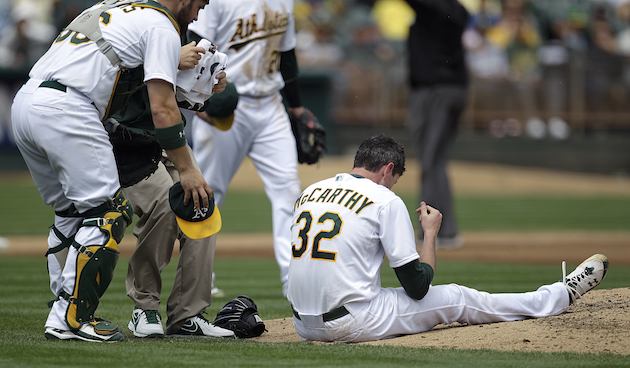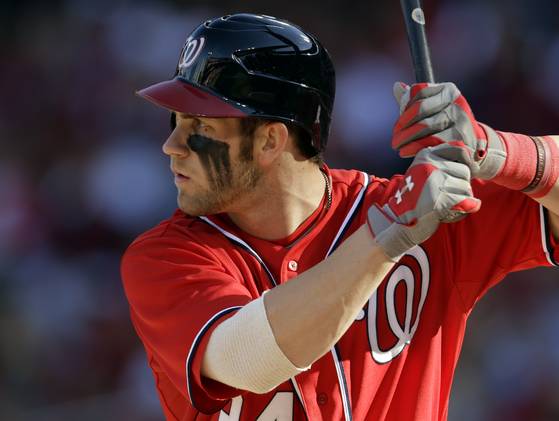Way back before the above-mentioned sets were even released, I wrote about the impending possibility of a LEGO LOTR videogame, and wondered whether it would be based solely on the movies, or more directly on the source material. That question has firmly been answered: it's the former, which is undoubtedly the easier, more recognizable, and more marketable choice, and I have no problem with that. And as the books and the movies (and thus the LEGO game) follow pretty much the same timeline, I'd like to pictorially examine the progression of the lead character (or at least the lead Hobbit) Frodo Baggins over the course of said timeline.
9/21/3001 (year 1401 of the Shire Reckoning)
We first meet Frodo on the eve of his Uncle Bilbo's 111th birthday party. At this point he's 33 years old, which is the "coming of age" year for Hobbits. He's wearing just a regular party shirt and has the boyish smile of youth. In both the movies and the LEGO sets, they make a big deal of him reading a book when we first see him, and maybe it was just for the sight gag of seeing a tiny Hobbit-sized minifig next to a giant tome nearly his own height. It is at this time that he takes over ownership of Bag End and comes into possession of the Ring.
9/23/3018
One of the most confusing timeline jumps in the movies comes between the night of Bilbo's disappearance after his party and when Gandalf returns to Hobbiton to warn Frodo of his imminent danger. In the books, 17 years pass between those two points, and Frodo is now 50 - the same age as Bilbo when he undertook his big adventure in The Hobbit. Ostensibly the same amount of time passes in the movies, but it's tough to pick up with the absence of explanation or timestamps, and given that Frodo doesn't appear to age at all during that time (the Ring gives its owner unnaturally long life). He wears this outfit (the addition of a jacket and dark green cloak) from when he sets out with his three Hobbit companions, through Bree, Weathertop, Rivendell, the Mines of Moria, and up to the gates of Lorien.
2/16/3019
When the Fellowship takes refuge in the Elven city of Lothlorien, they are all given special Elven cloaks that help conceal them from unfriendly eyes. It's hard to see in this picture, but Frodo is now wearing this slightly different-colored cloak, and his encounter with the Mirror of Galadriel has given his face a sterner, more focused look. He wears this outfit during the battle of Amon Hen, while wandering through Emyn Muil (where he and Sam first encounter Smeagol/Gollum), their ensuing passage through the Dead Marshes, and his first encounter with Faramir.
3/7/3019
 I'm taking my cue from the movies for this costume change (hence the actual action figure inspired by the movies), since from the time we see Frodo and Sam are taken by Faramir in Ithilien, neither of them are seen with their jackets on for the remainder of the journey. I guess the southern portions of Middle Earth start to get hot with the first onset of spring. This is his costume when Gollum guides the Hobbits up the pass of Cirith Ungol and into Shelob's Lair. Just a quick word about a major inconsistency between the books and the movies at this point - it's both nonsensical (plotwise) and extremely out of character to add the "Parting of Sam and Frodo" vignette to an already crowded 200-minute third film. Gollum's plan to deliver the Hobbits to a frighteningly murderous giant spider is already evil and deceptive enough without adding a lesser deception involving framing Sam for eating their remaining food supply. It adds unnecessary time and complications to a part of the film that has to move the story along quickly and it makes no sense based on everything we've seen Sam and Frodo go through at this point. This is a scene worthy only of the extended edition DVD that should have been cut from the theatrical version. I sincerely hope it's not included in the upcoming videogame.
I'm taking my cue from the movies for this costume change (hence the actual action figure inspired by the movies), since from the time we see Frodo and Sam are taken by Faramir in Ithilien, neither of them are seen with their jackets on for the remainder of the journey. I guess the southern portions of Middle Earth start to get hot with the first onset of spring. This is his costume when Gollum guides the Hobbits up the pass of Cirith Ungol and into Shelob's Lair. Just a quick word about a major inconsistency between the books and the movies at this point - it's both nonsensical (plotwise) and extremely out of character to add the "Parting of Sam and Frodo" vignette to an already crowded 200-minute third film. Gollum's plan to deliver the Hobbits to a frighteningly murderous giant spider is already evil and deceptive enough without adding a lesser deception involving framing Sam for eating their remaining food supply. It adds unnecessary time and complications to a part of the film that has to move the story along quickly and it makes no sense based on everything we've seen Sam and Frodo go through at this point. This is a scene worthy only of the extended edition DVD that should have been cut from the theatrical version. I sincerely hope it's not included in the upcoming videogame.3/14/3019
After Sam rescues Frodo from the Orcs of Cirith Ungol, they set out for Mount Doom disguised as orcs themselves. They trek across the plain of Gorgoroth for 11 days before they reach their destination, whereupon at the very Cracks of Doom, as Frodo is about to fulfill his mission, his mind is overtaken by the Ring and he claims it as his own. The shirt should be a shade of white rather than green, but this is the crazed look that Frodo would have had on his face as he exclaimed, "The Ring is mine!" It's only due to Gollum's fearsome attack and fortunate loss of balance does the Ring end up being destroyed.
So this is the progression through which Frodo goes over the course of the three movies. I don't know if players of the game will get a different minifig version of him for each one of these costume changes or if we'll just have to use our imagination. But rest assured come 11/13, I'll have a full report. Until then, I guess I'll watch the Tigers try to start an improbable comeback tonight. It would be disappointing (yet altogether fitting) if Justin Verlander only managed one start against the Giants in the Fall Classic after shutting down the A's and the Yankees. At least he gets to go home to Kate Upton after they lose - I wonder if she makes him put on the Randy Johnson moustache so she can angrily tear it off his face...













































